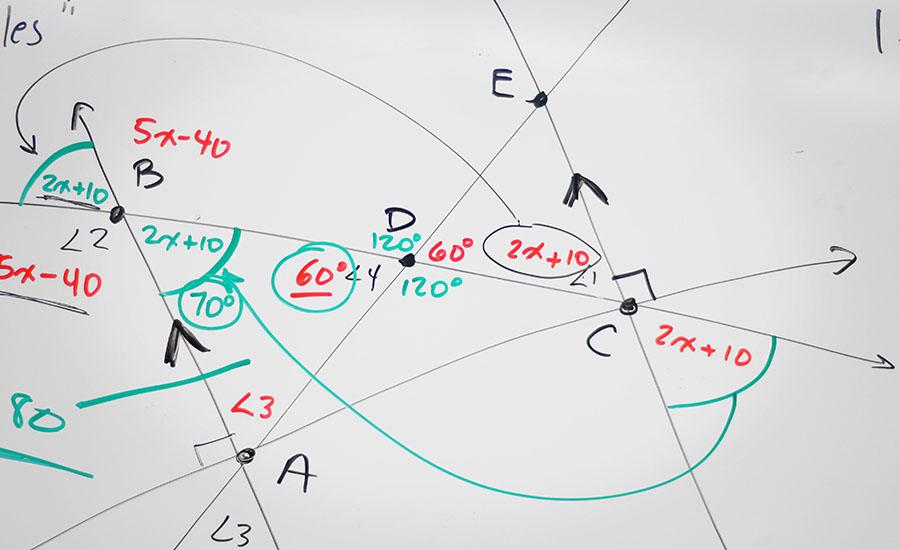
In this lesson students will use the Engineering Design Process to build a zipline carrier that will take their passenger down the zipline in a given time period, adjusting and altering their design

In this lesson students will use the Engineering Design Process to build a zipline carrier that will take their passenger down the zipline in a given time period, adjusting and altering their design

The students design and test a catapult using simple materials like popsicle sticks and rubber bands. They learn about the history of catapults and also about the physical science concepts related to

Rad Roller Coasters Part 2 comes at the end of our paper roller coaster project. Students will collect data on their coaster and use that to calculate velocity, potential energy and kinetic energy

This is an activity to enhance student understanding and comfort with taking photographs, editing them, providing feedback on them, and submitting them for display. Students use a camera device (iPad

This lesson explains how I organized and set up for a robotics camp I hosted in June 2023. It talks about the preplanning that was involved and how I planned for ten days of activities.

In this challenge students will use various materials to build a flood barrier that will protect their home during a flash flood.

This lesson is for a multi-day project where student groups will plan, design, and build roller coasters out of paper and tape. It tests their knowledge of Physics and Engineering Design.

Students will be learning about the Fibonacci mathematical design pattern. They will learn about the 3 different mathematical Fibonacci sequence designs, vocabulary, and creating their own art

This lesson is based on the Fibonacci sequence. Overlapping concepts of pattern, repetition, structure, scale, proportions are considerations for constructing an artistic, math-based sculpture